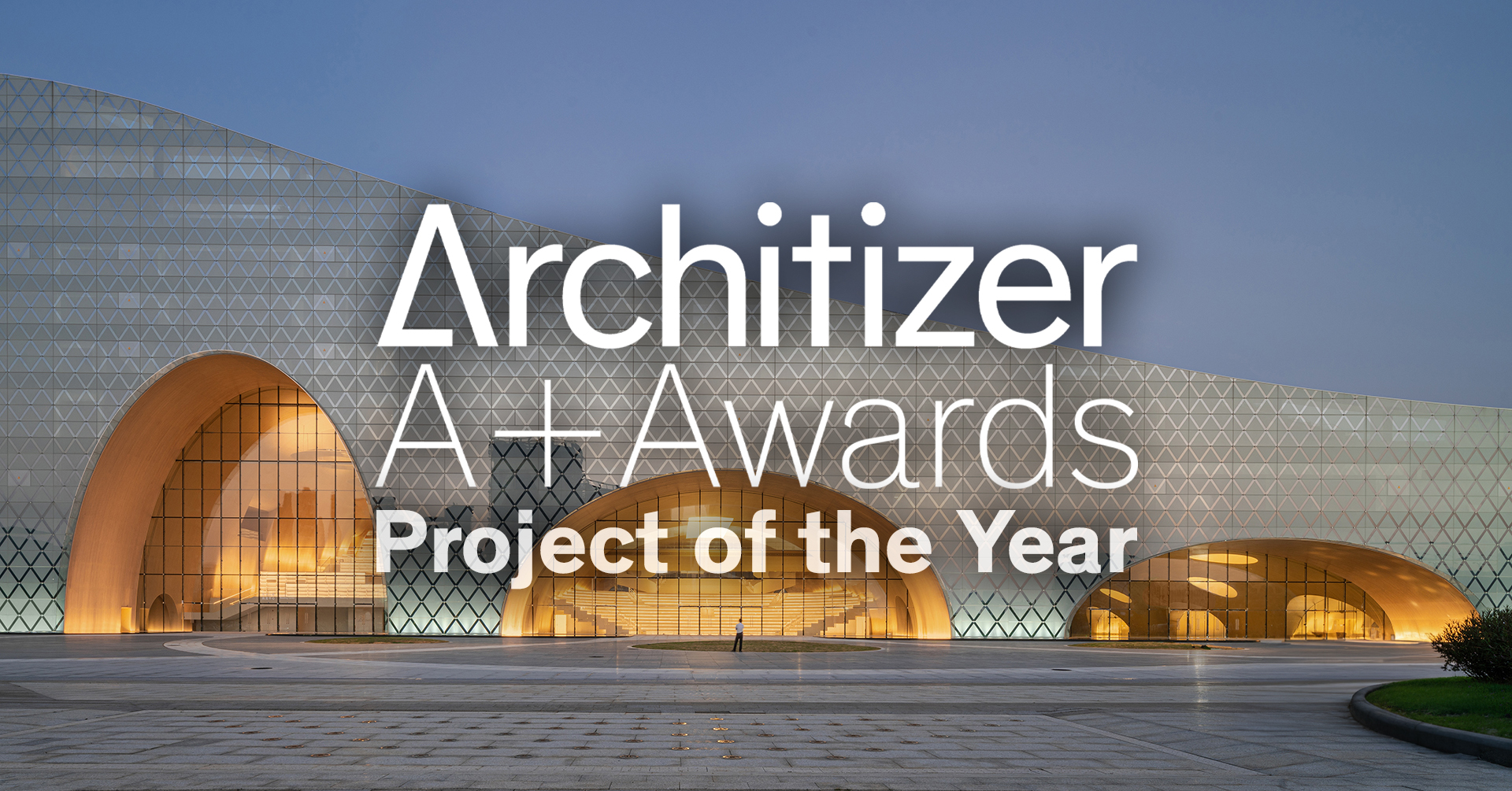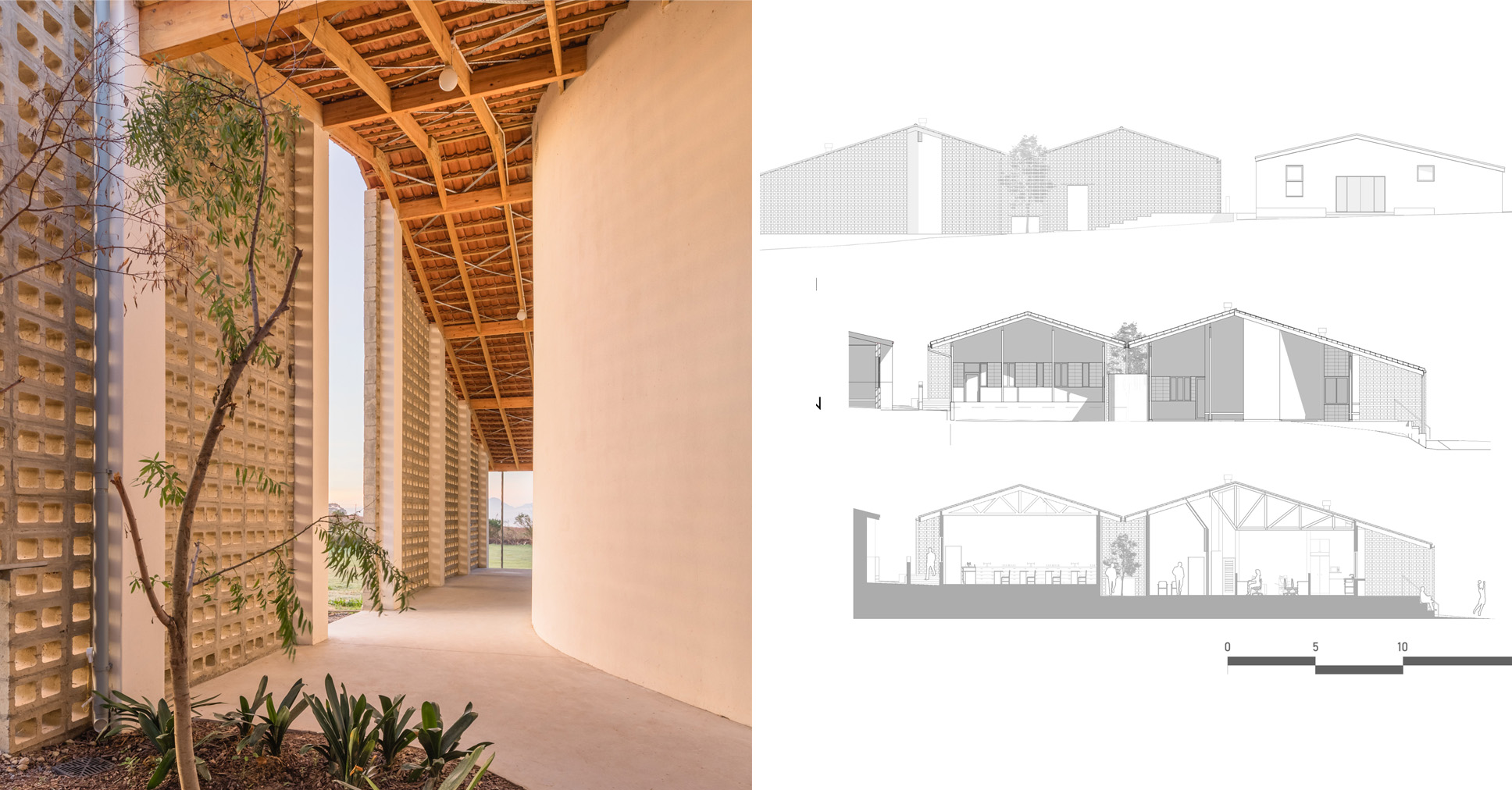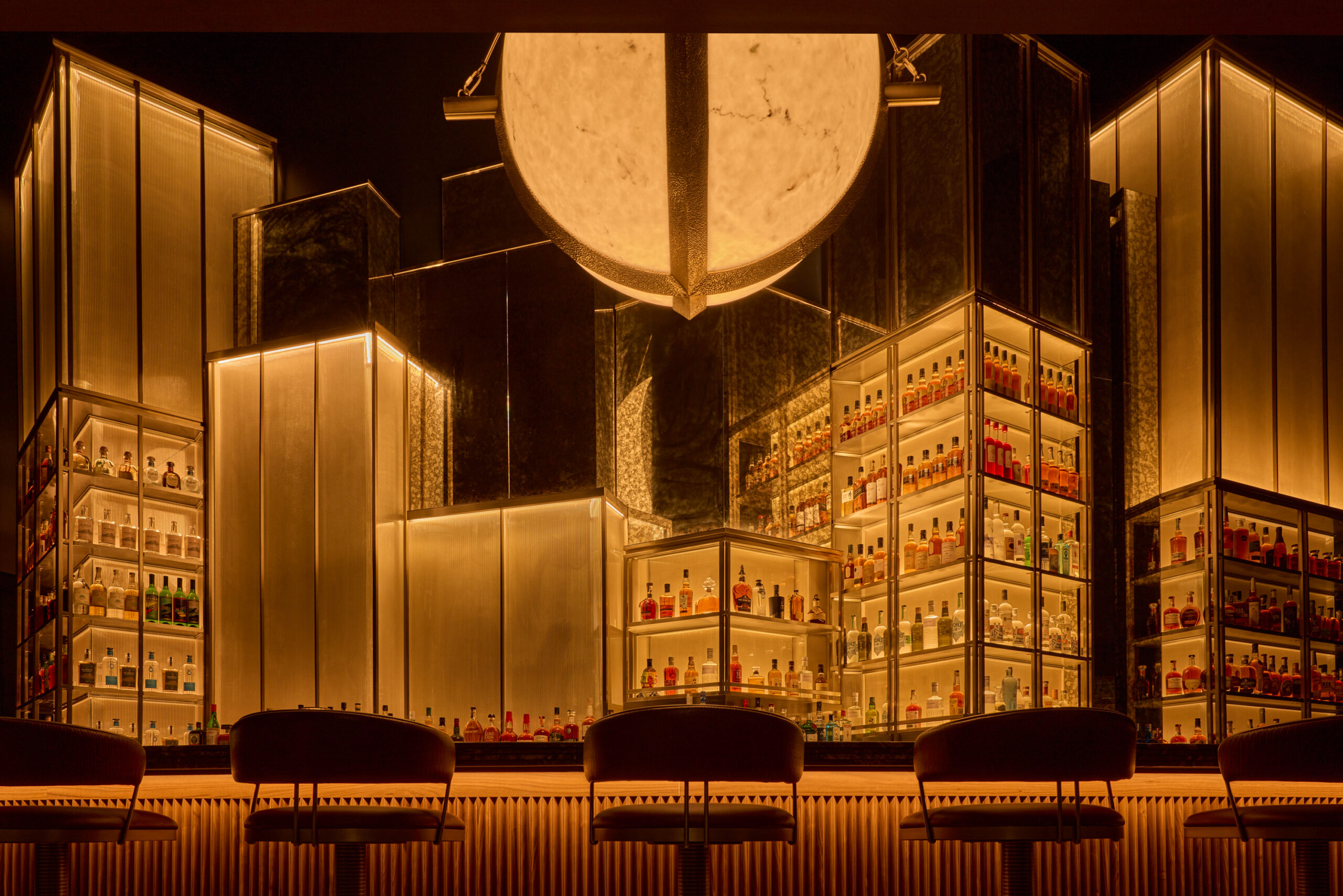Designing for Difference: How Queer Urbanism Rewrites the Rules of Public Space
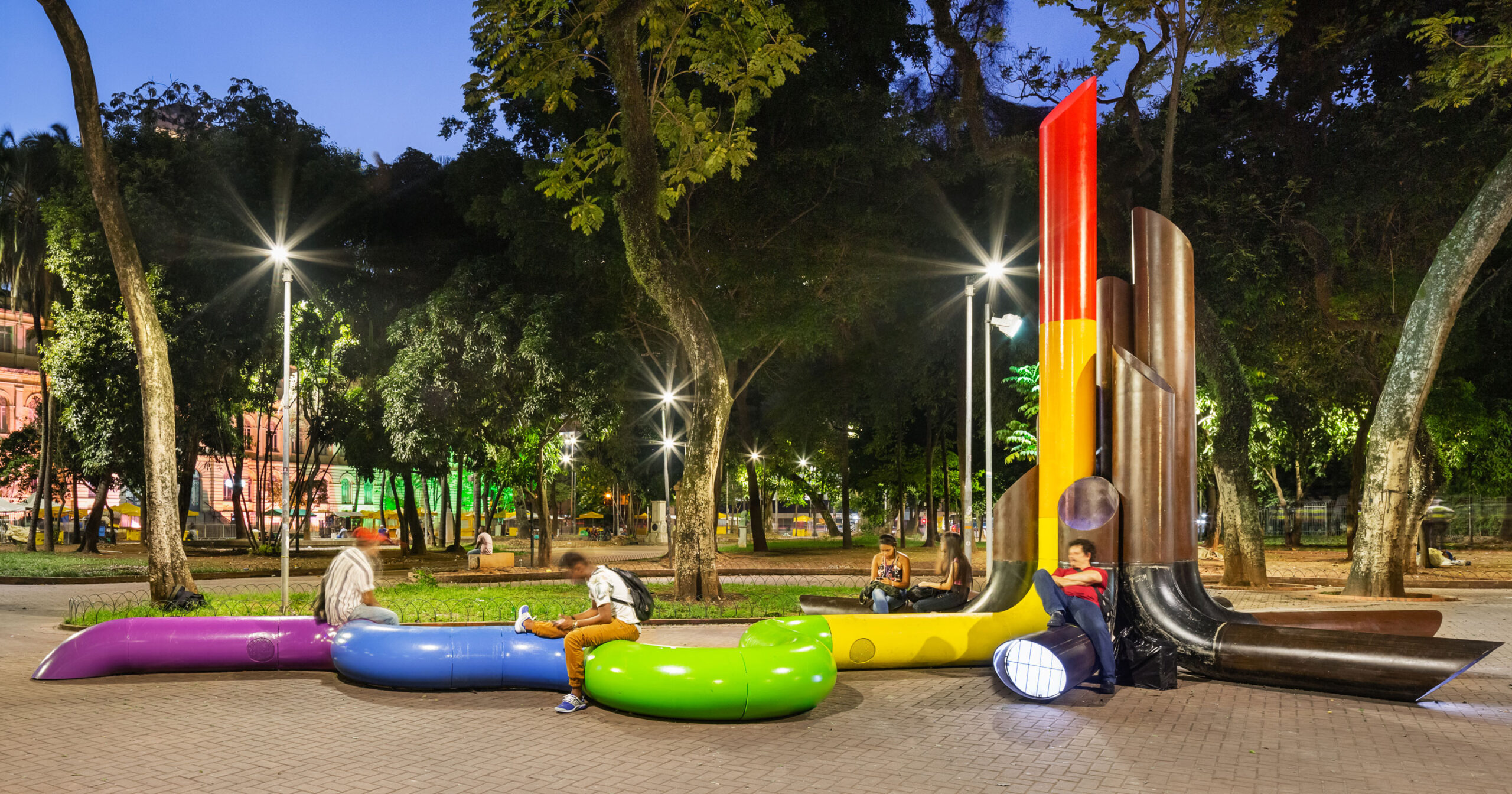
Architects: Want to have your project featured? Showcase your work by uploading projects to Architizer and sign up for our inspirational newsletters.
To explore this question, I want to begin by quoting Olivia Laing’s foreword in “Queer Spaces: An Atlas of LGBTQ+ Places & Stories:”
“The idea that queerness requires an ecosystem to flourish helps clarify the fundamental importance of queer space. It’s not just a physical building in which to hook up or hang out. Instead, it’s an alternate universe —a secret network that spans the entire world. Queer space might be a private home […] It might celebrate an idiosyncratic aesthetic […] Queer space can be private, intimate and secretive, or it can be communal, public and shared […] Queer space comes and goes, sometimes enduring in the same site for decades […] and sometimes so transient it lasts only for a single encounter.”
Laing’s description of queer space as fluid, adaptive and deeply tied to identity and community raises an essential question: who gets to shape the spaces we all share? Building on this idea of queer space as a living, shifting entity, we must examine how mainstream public environments measure up or fall short.
When considering how urban environments can be made more inclusive, the conversation typically centers on physical accessibility for individuals with disabilities or safety concerns for women and children. However, many overlook the gendered nature of public spaces. According to the Architects Registration Board Report (NCARB), white males comprised 69% of all architects in the US, while only 10.2% were Latinx, 15% were Asian, and 3% were Black. Men continue to outnumber women (and other genders) in the profession, with only two in five licensed architects being women in the US.

Sparkle. Glitter. Pop! by Banchki, Detroit, Michigan
As a result, our shared spaces are often shaped by the experiences and values of white, able-bodied, heterosexual men, while other identities are excluded. This dominant perspective frequently overlooks the diverse ways people move through and relate to public space, leaving many individuals feeling unwelcome, unsafe or invisible.
This is not just an issue of representation; it’s also an issue of lived experience.
This imbalance has real consequences in the real world, which many of us experience, perhaps even without realizing it. As a result, marginalized groups, including women, people of color and individuals from the LGBTQ+ community, may find that their needs and preferences are overlooked or misrepresented. This imbalance necessitates an inclusive approach that incorporates the voices and experiences of all individuals, thereby fostering designs that are equitable and representative of a diverse society.
Safety, Visibility and the Data Behind Exclusion

Photo by Oriel Frankie Ashcroft via Pexels
To better understand these disparities, we can turn to recent data.
According to the Walking and Cycling Index, which gathered insights from over 24,000 people across 18 urban areas in the UK and Ireland, queer people consistently report feeling less safe in their neighborhoods than heterosexual people. Only 51% of people who identified their gender “in another way” feel welcome and comfortable walking or spending time on the streets of their neighborhood, compared to 65% of women and 67% of men. Additionally, 59% of LGBTQ+ people feel comfortable in public spaces, compared to 67% of heterosexual people. Also, 44% of trans people avoid certain streets altogether because they do not feel safe there.
These concerns are rooted in lived experiences of discrimination and violence. Respondents cited incidents such as verbal abuse, physical force and being stared at or followed, especially in areas with low visibility or poor lighting. Furthermore, feelings of insecurity were heightened when public spaces lacked clear signals of inclusivity, such as gender-neutral facilities, diverse signage, or community visibility.
These statistics are also echoed by the UK government’s Hate Crime Report (2023) for England and Wales, which confirms that hate crimes are most frequently motivated by race, followed by sexual orientation. In the year ending March 2023, there were 24,102 hate crimes related to sexual orientation and 4,732 hate crimes targeting transgender people, marking an 11% increase.
Additionally, in the United States, a 2025 report by the Williams Institute analyzed the 2022–2023 National Crime Victimization Survey and found that LGBT people experience violent victimization at a rate five times higher than non-LGBT people. Transgender people face similarly high risks. LGBTQ+ individuals are also nine times more likely to be victims of violent hate crimes. Also, Black LGBTQ+ people experience the highest rates of violence compared to other racial groups.
These data reveal how public space, rather than being neutral or universally accessible, is often a site of exclusion, fear, or violence for LGBTQ+ individuals. In response to these inequities, new approaches to urban design are emerging, most notably queer urbanism.
Queer Urbanism and the Future of Inclusive Design
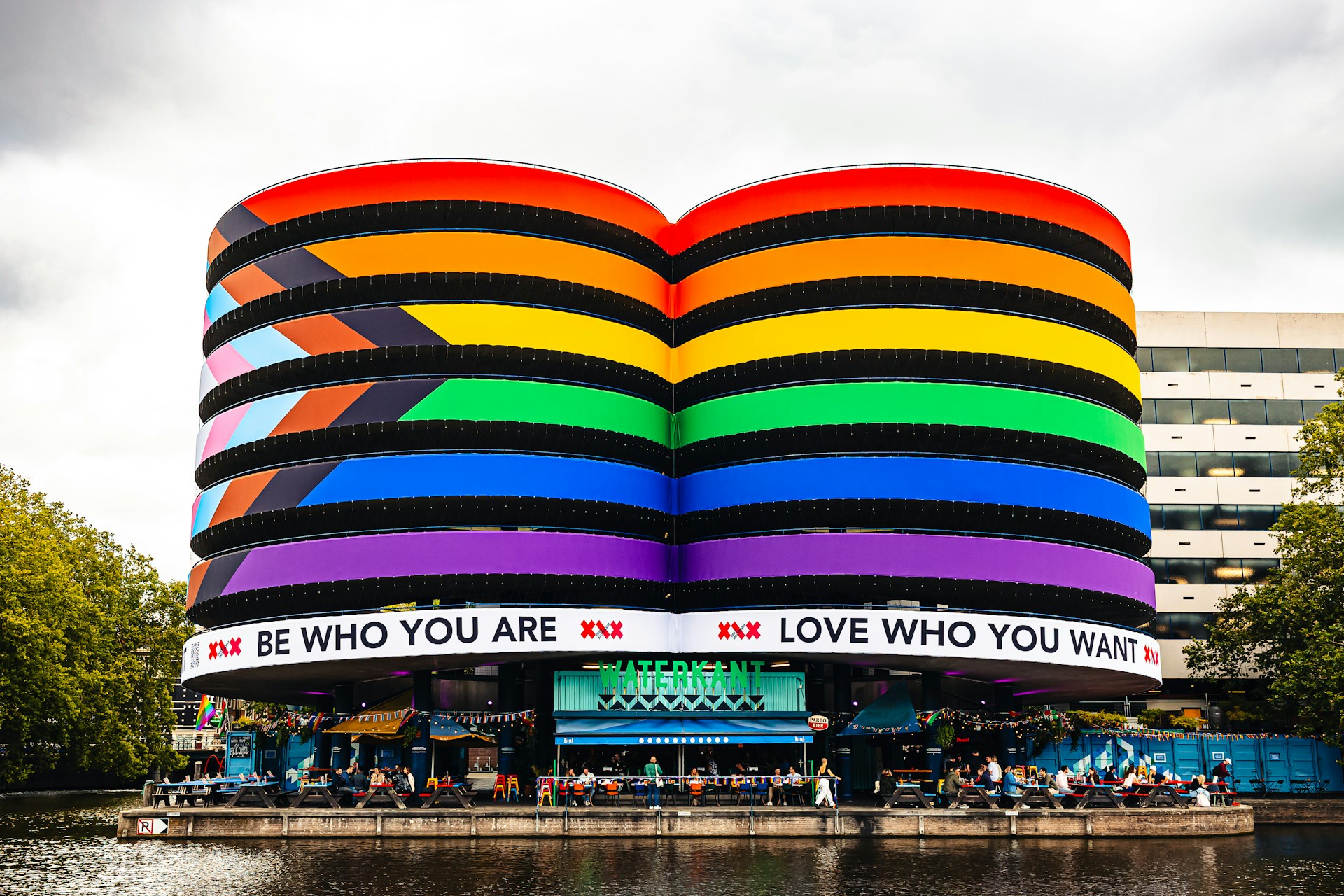
Waterkant, Marnixstraat, Amsterdam, Netherlands. Photo by Peyman Shojaei via Unsplash
Let’s begin by introducing what queer urbanism is: an approach to urban planning and design that challenges traditional, heteronormative assumptions about space and identity. It seeks to create more inclusive and equitable cities by centering queer experiences, disrupting rigid boundaries and empowering individuals to shape their urban environments.
Queer urbanism questions the dominant frameworks of urban design, family structures, and binary identity constructs, calling for a radical reimagining of spatial norms. It promotes a fluid and intersectional approach to spatial justice, one that recognizes safety, belonging, and visibility as fundamental rights in urban spaces. This isn’t only about adding LGBTQ+ spaces to the urban fabric; it’s about dismantling the structures that have long excluded them.
Design, when viewed through this lens, becomes a form of activism. It questions whose stories are told, whose bodies are considered, and who is welcome. Queer urbanism therefore urges designers to consider how space can affirm queer lives, through privacy-enhancing features, flexible and adaptive environments, and visibility without exposure. From integrating vegetation and ambient lighting to providing semi-enclosed spaces for intimacy and safety, these spatial gestures signal care in a system that often fails to provide it.
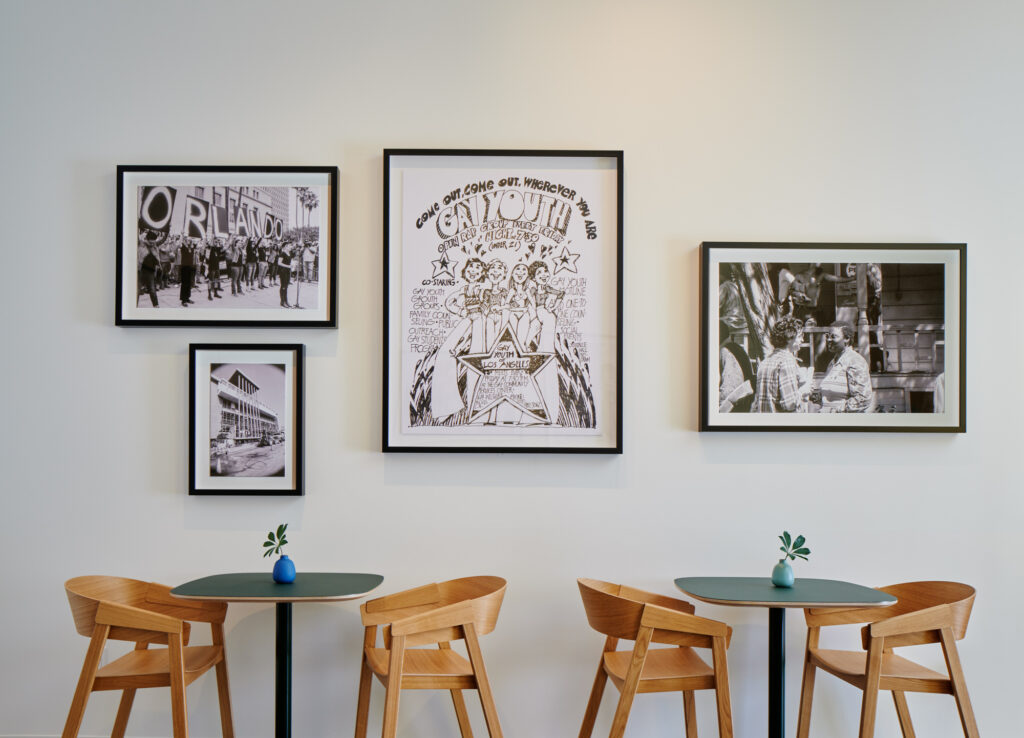
Liberation Coffee House by ORA, Los Angeles, California
So, how do we translate this theory into tangible practice?
Concrete strategies include designing LGBTQ+ community centers, preserving queer bars and venues, and embedding inclusive infrastructure within the everyday landscape, not as exceptions but as essentials. Yet we must also acknowledge that spatial exclusion is not an accident; it is the result of systems that continuously devalue queer presence. Queer urbanism confronts the historic and ongoing erasure of LGBTQ+ people from the city.
The 2020–2021 report, “Queering Public Space,” by Arup and the University of Westminster explored the lived experiences of queer communities in urban contexts. Among its findings: over 50% of British LGBTQ+ individuals change their behavior in public to avoid harassment. In London, 58% of LGBTQ+ venues have closed in the past decade due to gentrification and redevelopment. This isn’t just loss, it’s spatial displacement tied to broader neoliberal forces. And only 3% of London’s local planning documents even mention collaboration with LGBTQ+ groups.
The profession itself is not resistant to this disconnect. In the architecture and urbanism fields, 39% of LGBTQ+ architects in the UK have experienced discrimination at work. Statues and monuments continue to (overwhelmingly) honor cisgender men; only one in five UK statues are of women, and almost none acknowledge queer identities. Even within our own professional circles (where we pride ourselves on progressive discourse), we often fail to create inclusive spaces. These contradictions highlight the limitations of representation when not accompanied by systemic reform. Good intentions are not enough. We must align our design values with the lived, diverse realities we claim to support.
These findings not only diagnose a problem but also offer a call to action.
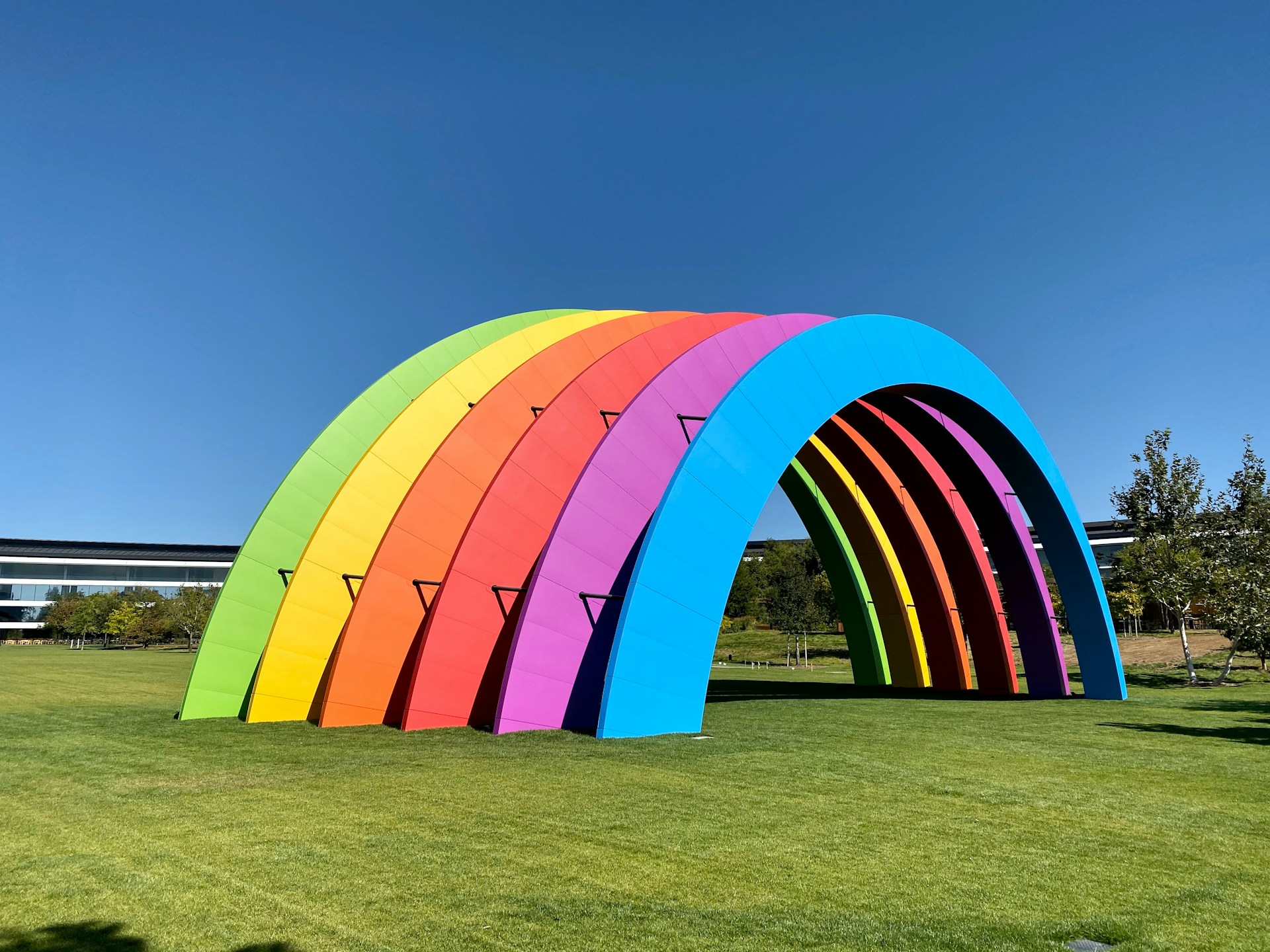
The Rainbow in Apple Park, Cupertino, California | Photo by Ryan Chu via Unsplash
Designers are not only creators of form; we are mediators of behavior, atmosphere, and belonging. Arup’s report recommends applying design tactics such as soft lighting, strategic sightlines, greenery, and intimate seating to reduce vulnerability. Over-illuminated and exposed spaces often heighten anxiety, particularly for marginalized groups. Furthermore, embedding queer histories into urban narratives affirms presence and cultivates collective memory.
The 2023 report on queering public spaces by Perkins&Will expands this terrain. Developed through their Innovation Incubator, the report reframes queerness in spatial terms, not simply as who occupies a space, but how space itself can subvert heteronormative norms. Their investigation into public libraries, for instance, reveals how even institutional architecture can serve as a platform for radical inclusivity in the face of rising anti-queer sentiment. Their “kit-of-parts” methodology, queering the design process, querying language, queering objects and art, offers tools for transformation grounded in queer-centered thinking.
So, inclusive design is not just about representation, it is about responsibility and resistance. Public spaces are never neutral; they are ideologically charged, shaped by those in power. Historically, they have served heteronormative, male-centric narratives, often at the cost of LGBTQ+ visibility and safety. We must reject surface-level gestures of inclusion and instead embed equity into the materials, forms, and memories we choose to preserve.
To design for everyone is not to design generically; it is to embrace complexity, contradiction and care.
Architects: Want to have your project featured? Showcase your work by uploading projects to Architizer and sign up for our inspirational newsletters.
Top image: My Heart Beats Like Yours by Estudio Guto Requena, São Paulo, Brazil
The post Designing for Difference: How Queer Urbanism Rewrites the Rules of Public Space appeared first on Journal.




















